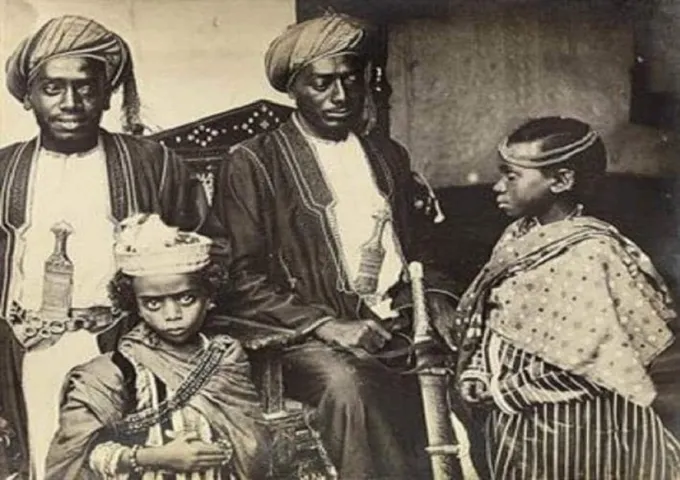Who Was Mum-Zi, the youngest grandmother in history?
In 1884, Mum-Zi gave birth to a baby girl at the age of just 8 years, 4 months.
Mum-Zi was born in Nigeria on the island of Akwa Akpa, which is now known as the city of Calabar. Mum-Zi’s daughter followed in her mother’s footsteps by becoming a mother at the age of eight years and eight months, making Mum-Zi the youngest grandmother in history.

Young adults becoming parents has become more common over time, but young adults becoming grandparents — even as young as 17 years old — is perhaps less common.
Nowadays, the majority of people that age are focused on finishing their education or getting their high school diploma. Having grandchildren is frequently inappropriate because it is uncommon to even consider becoming a parent.
But Mum-Zi, her daughter, and other young girls in the 19th century did not experience this.
Mum-Zi was a member of Chief Akkiri’s harem in Akwa Akpa (currently Calabar), according to Lyall Archibald’s 1936 book The Future of Taboo in These Islands. Chief Akkiri would later become the father of Mum-Zi’s daughter.
Calabar has been a busy international seaport since the 16th century, exporting products like palm oil.
According to historical accounts, during the Atlantic slave trade, it developed into a significant port for the shipping of African slaves, with the majority of slave ships being owned by Bristol and Liverpool.
Later, some missionaries would write about the difficulties they faced, including the lack of clean water, malaria, and the presence of some tribes that weren’t always friendly to evangelists and other slave traders.
The fact that chiefs maintained a harem of wives and slaves, however, was common.
The harem is essentially a female backyard or household that is mostly exclusive to worldly princes and lords.
The preservation of women’s modesty, privilege, and protection has traditionally been accomplished through the use of this private area.
In most of Africa and elsewhere, a harem, in the sense of the royal harems of the past, may house a man’s wives and concubines, as well as their children, unmarried daughters, female domestic workers, and other unmarried female relatives.
Mum-Zi was one of the many females and young girls who resided in the Chief Akkiri’s harem. Eight years later, her daughter would give birth to a child with the chief as the father at the age of eight years and four months. According to reports, she was pregnant when she was with her father, the same chief.
She gave birth at the age of eight years and eight months, which was a little older than her mother’s. Nevertheless, this continues to be one of history’s most startling events.
Numerous incidents have been brought to light since the 1700s to demonstrate how girls and women suffer simply because of their gender all over the world.
One of these gender-based acts of violence against women is child marriage, which violates children’s rights to childhood and deprives them of opportunities for education and a better life. Additionally, it puts them at risk for violence from their typically older and more capable husbands.
More than 700 million women are alive today who were married as children worldwide, and 17% of them, or 125 million, live in Africa, according to a recent report by Girls Not Brides.
According to the article, child marriage is a problem in all African nations, with 39% of girls in sub-Saharan Africa getting married before turning 18.
According to the report, Niger has the highest percentage of child brides, with three out of every four girls getting married before they turn 18.
After that comes the Central African Republic. While there is an official minimum age of 18 for marriage, girls can get married as young as 13 if a court approves of the union and/or if the girl is pregnant.
If a parent agrees, an earlier marriage may be permitted in some circumstances. Having a rate of 67%, Chad comes in third place.
Poverty, upholding social and religious traditions, and conflict are some of the factors that contribute to child marriage in these nations. Conflict compels many parents to approve of child marriage as a means of shielding their daughters from harm and sexual assault.

